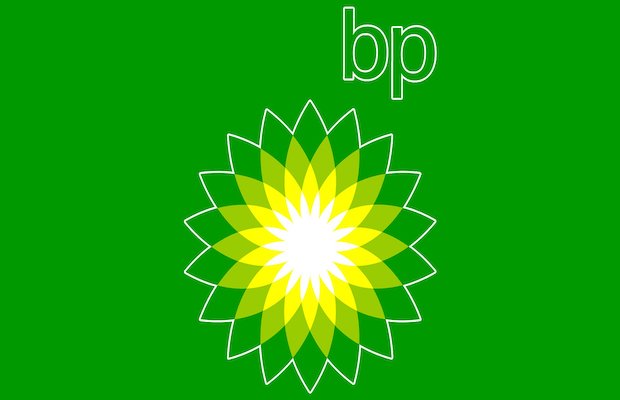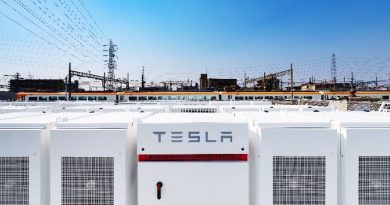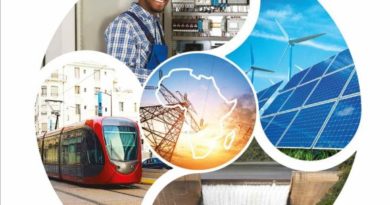bp Shifts Focus; Planning for 50 GW Renewable Capacity by 2030

bp has introduced its new strategy that will reshape its business as it pivots from being an international oil company focused on producing resources to an integrated energy company focused on delivering solutions for customers.
Within 10 years, the firm aims to have increased its annual low carbon investment 10-fold to around USD 5 billion a year, building out an integrated portfolio of low carbon technologies, including renewables, bioenergy and early positions in hydrogen and CCUS. By 2030, it aims to have developed around 50 GW of net renewable generating capacity – a 20-fold increase from 2019 – and to have doubled its consumer interactions to 20 million a day.
Over the same period, its oil and gas production is expected to reduce by at least one million barrels of oil equivalent a day, or 40 percent, from 2019 levels. Its remaining hydrocarbon portfolio is expected to be more cost and carbon resilient. By 2030, the firm aims for emissions from its operations and those associated with the carbon in its upstream oil and gas production (addressed by Aim 1 and Aim 2 of its net-zero ambition) to be lower by 30-35 percent and 35-40 percent respectively.
The firm has also set out a new financial frame to support a fundamental shift in how it allocates capital, towards low carbon and other energy transition activities.
“Energy markets are fundamentally changing, shifting towards low carbon, driven by societal expectations, technology and changes in consumer preferences. And in these transforming markets, bp can compete and create value, based on our skills, experience and relationships. We are confident that the decisions we have taken and the strategy we are setting out today are right for bp, for our shareholders, and for wider society,” said Helge Lund, chairman.
Delivering the strategy will see bp become a very different company by 2030. By then, bp aims for:
- investment in low carbon energy to have increased from around USD 500 million to around USD 5 billion a year;
- developed renewable generating capacity to have grown from 2.5 GW in 2019 to around 50 GW;
- bioenergy production to have risen from 22,000 b/d to more than 100,000 b/d;
- hydrogen business to have grown to have a 10 percent share of core markets;
- global customer interactions to have risen from 10 million to 20 million a day;
- electric vehicle charging points to have increased from 7,500 to over 70,000; and
- energy partnerships with 10-15 major cities around the world and three core industries.
For more information click here.
Source: saurenergy.com




